Is there a true Canadian cuisine? Can we define it? And how can we define Canadian cuisine if we don’t know its past? In Iconic Canadian Food, Gabby Peyton shares the back stories of a smorgasbord of iconic Canadian food items. Today we go back to our childhood with the history of Kerr's Candy!
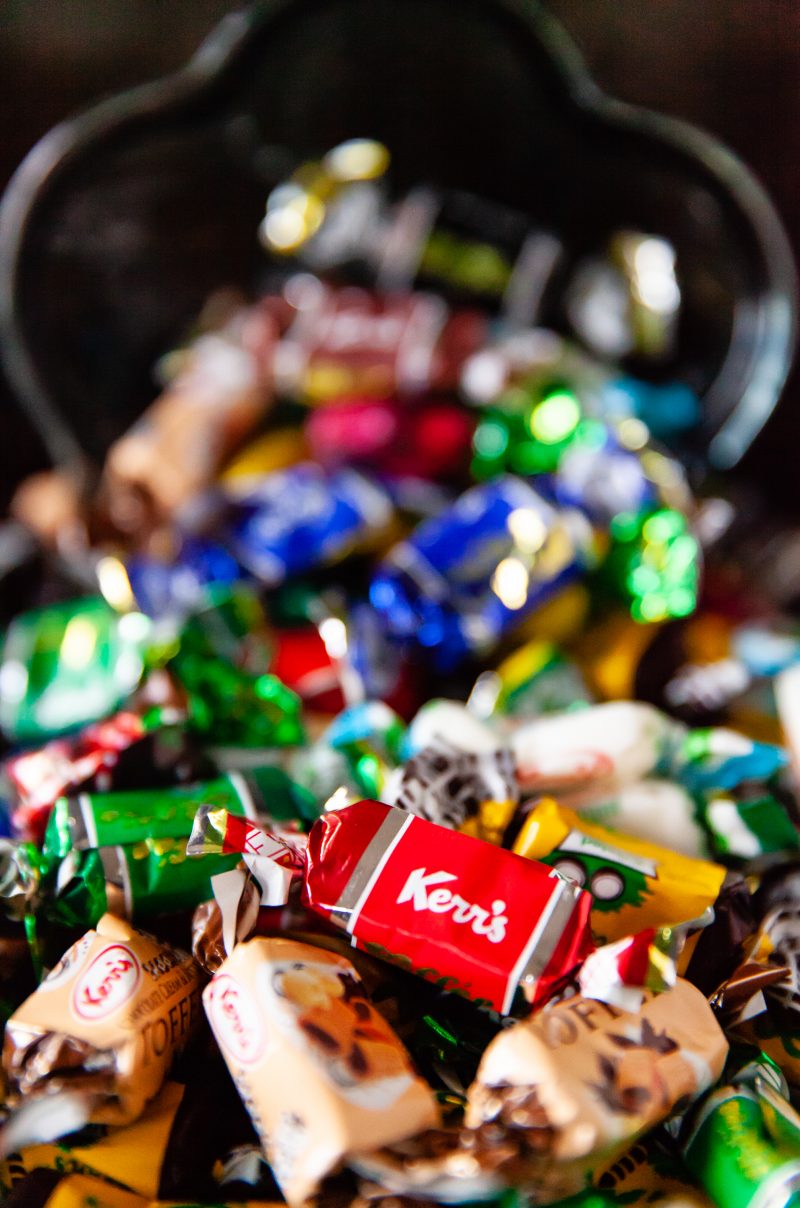
The crinkle.
Twisting and turning, the sound of a crinkling candy wrapper can be heard in Grandma’s living room, illicitly-but-not-so-silently at the dance recital, or by the reluctant child after the rest of the Halloween candy is gone.
In Canada, more often than not, that crinkly wrapper contains a Kerr’s candy. The iconic red cursive logo of Kerr’s, which has donned their wrappers since 1930, can be found in every candy dish from Victoria to St. John’s and is one of the most iconic candy companies in the country.
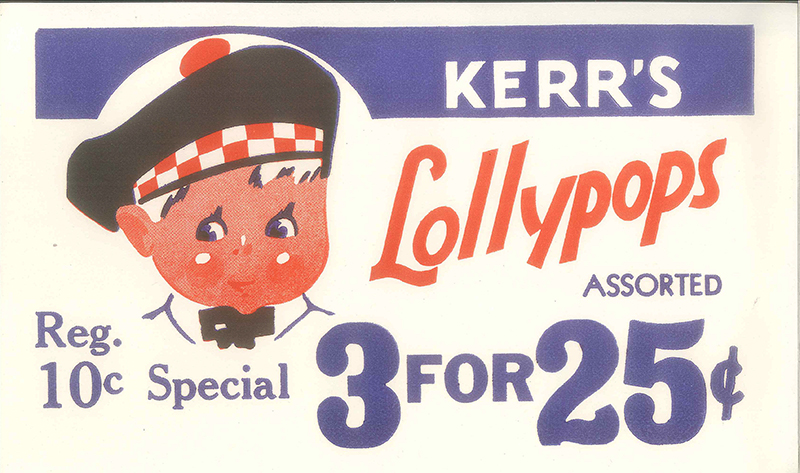
While Kerr’s is probably most famous for its orange-and-black wrapped molasses kisses doled out at Halloween, they are also one of the first companies in Canada to sell lollypops! And, after more than 125 years in business, they’re still pumping out new products like cough and cold lozenges.
Here is the short, yet sweet, history of Kerr’s Candy, an iconic Canadian food.
The Start of Something Sweet
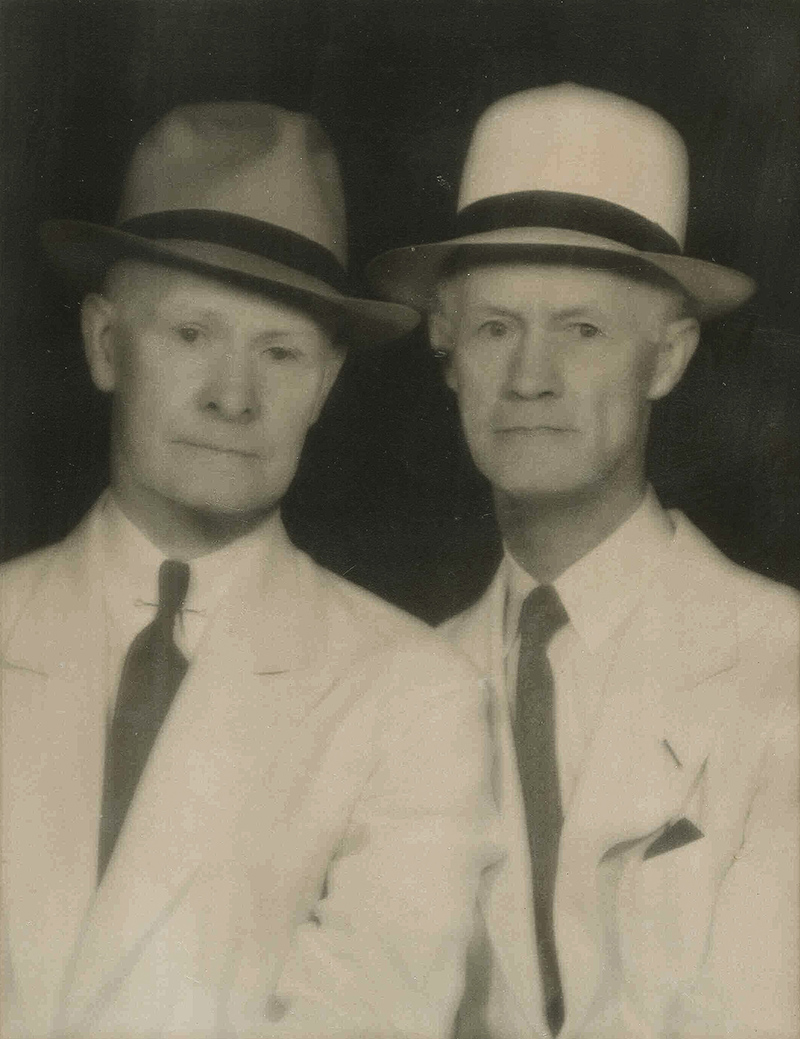
The 125-year history of Kerr’s Candy started with two brothers and their love of all things sweet. After immigrating to Canada from Scotland, Edward and Albert Kerr opened a candy store and bakery in St. Thomas, Ontario in 1895 to great success. Three years later the Kerr brothers sold the bakery and moved the business 100km east to Brantford, Ontario just outside Hamilton.
There, the Kerrs expanded the business and opened six (yea, that’s right, six) confectionery factories where they were pumping out candies and chocolates galore. By 1904 things were getting really shiny: Kerr’s started marketing their first foil-wrapped candies and moved their operations to Toronto, where their head office remains today.

Kerr’s remains a Canadian institution — they went international in 1907 but pulled out of the US market by 1957. But they've been selling their toffees, mints and lollypops for more than a century in this country. By the 1960s Kerr’s Candy had phased out the sale of chocolates, focusing on what they do best: those candies with the crinkling wrapper.
The Kerr's Molasses Kisses - Canada's Most Hated Candy?
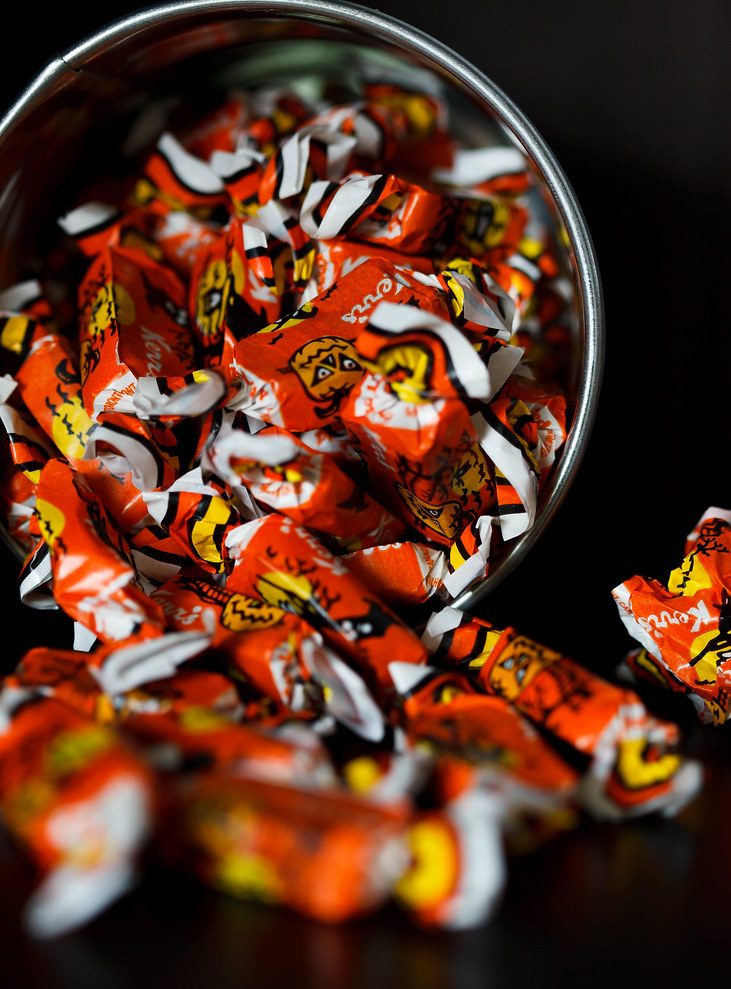
Those molasses candies. The square treats wrapped in orange and black wax wrapping are found at the bottom of trick-or-treat bags across the country every year. Kerr’s Molasses Candy Kisses are undoubtedly the most controversial candy in Canada (take that, Candy Corn).
Those sticky sweets affix to the wrapper, to the roof of your mouth and to social media feeds every October. Many despise the taffy treat, lamenting their stickiness on Twitter, but many love them (but let’s be honest, if you love them, you’re probably over the age of 40).
Kerr’s has been making the molasses kisses candies for 80 years and you can’t find them anywhere else in the world. They are one of the only truly Canadian candies, made with blackstrap molasses. Since World War II they have been a traditional holiday taffy. (Our editor here at FBC loves them and even turned them into cookies a few years ago - Ginger Molasses Cookies Stuffed with Molasses Kisses)
Kerr's Christmas Confections
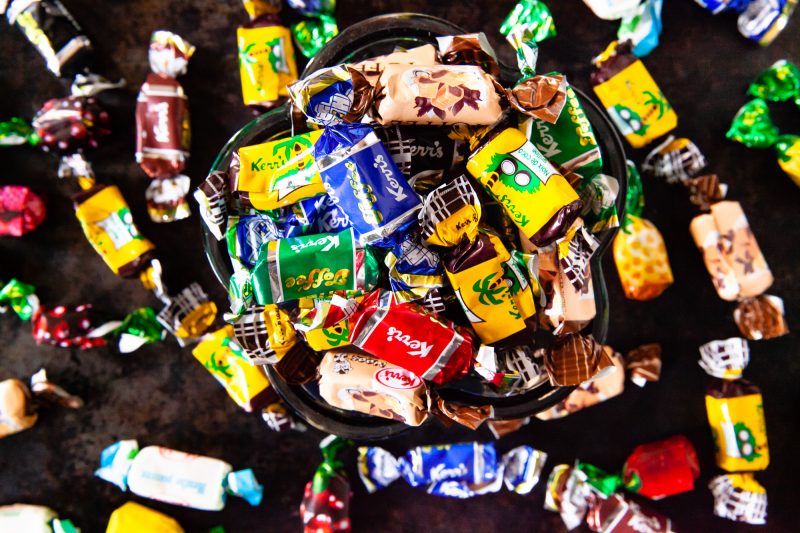
During the holiday season, every candy bowl in every living room across the country contains Kerr’s. Doesn’t everyone remember the bowl of iridescent wrappers on the coffee table? Just like the Nanaimo Bar and the Butter Tart, or even Chicken Bones, a Canadian Christmas wouldn't be complete without Kerr's Edinburgh Toffees.
Kerr’s hasn’t changed the recipe since they first started making toffees in 1895 (they still use real cream and butter) and now make more than 65 million toffees every year.

The rainbow-wrapped toffees flavoured with rum butter, mint, coffee, licorice (or anise as Kerr's refers to it), vanilla or toasted coconut melt on your tongue while you decorate the Christmas tree, while caramel eclairs filled with fudgy flavours like raspberry, mint and caramel fuel the holiday visiting.
Year Round Sweetness

Kerr’s kills it when it comes to candy at the holidays, but they have some year-round confections too.
The company was one of the first to make and market lollypops in the country and sells the most lemon drops of anyone in Canada.
Those peppermints that come with the bill at your favourite restaurant? They’re probably Kerr’s — and so are the Scotch mints nan offered up at your last visit.
Kerr’s Candy may very well be the most widespread iconic Canadian food, but it’s also the most inconspicuous. Those demure delights are just sitting there in the candy bowl, ready to be unwrapped during your next candy craving. The crinkle echoes on.
More Reading
- Iconic Canadian Food: The Choc-Full History of Ganong Chicken Bones
- Iconic Canadian Food: The History of Nanaimo Bars
- Iconic Canadian Food: The History of the Butter Tart
Gabby Peyton is based in St. John’s, Newfoundland and blogs at The Food Girl in Town. She’s a culinary adventurer and freelance writer, focusing on travel, food and drink writing with a dash of historical work. You can follow Gabby on social media at Facebook, Twitter and Instagram.








Leave a Reply